I am trying to design a class A amplifier buffer stage (I know it is not efficient.)
I am starting from the simple emitter follower and the next step is to replace the RE resistor with a current source. I have read it is the right thing to do, but I want to understand why.
This is the circuit so far (Please not that I have used the trick in this question so the voltages are V98 and V99 or +/- 9V):
This is the output:
I am struggling to understand why I have clipping on the lower half of the signal. According to The Art of Electronics 2rd Edition (page 81, 2.2.3.D):
Current flow in one direction only. Notice (§2.1.1, rule 4) that in an emitter follower the npn transistor can only source (as opposed to sink) current. For instance, in the loaded circuit shown in Figure 2.17 the output can swing to within a transistor saturation voltage drop of VCC (about +9.9 V), but it cannot go more negative than −5 volts. That is because on the extreme negative swing, the transistor can do no better than to turn off completely, which it does at −4.4 volts input (−5 V output, set by the divider formed by the load and emitter resistors). Further negative swing at the input results in back-biasing of the base–emitter junction, but no further change in output.
I can see the divider between RL and RE and if I try to recreate it separately I get this:
If I do a DC sweep I obtain this result that shows that I should be able to swing VE down to -9V:
I am clearly missing something fundamental.
I guess what I do not understand is why \$V_{BE}\$ decreases or, in other words, why \$V_E\$ cannot go further down.



